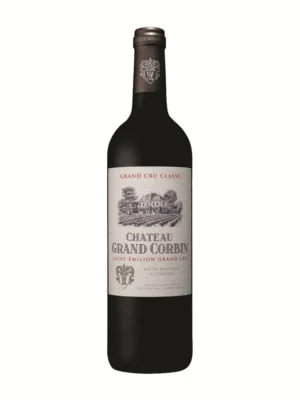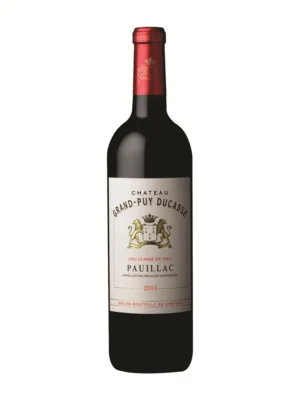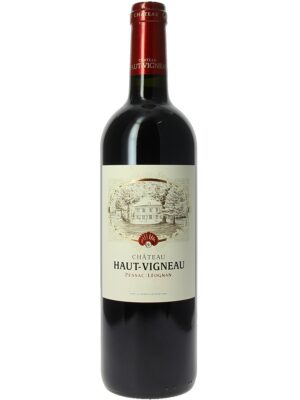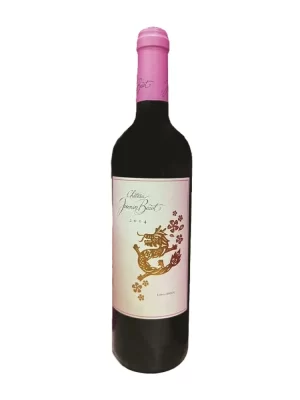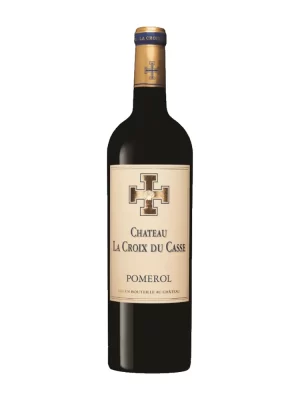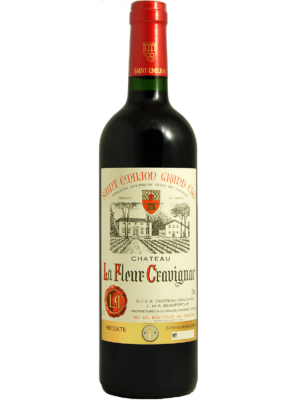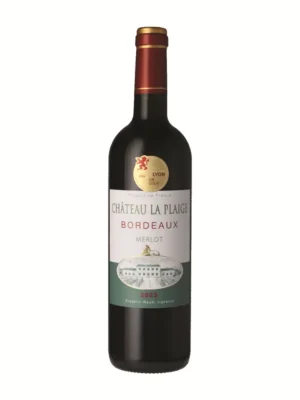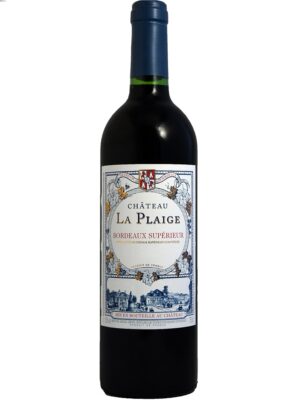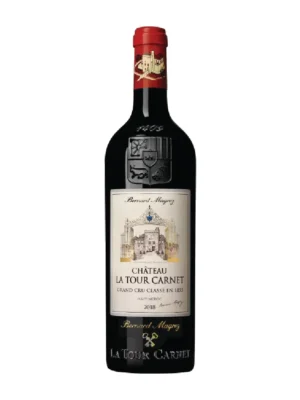Château Giscours Grand Cru Classé AOC
Château Giscours is one of the largest properties in the Médoc. The vineyard’s soil consists of gravel on sandy-gravelly subsoil. The exceptional terroir benefits from all of the factors necessary for the production of high quality wines: good orientation, very warm soil in the spring, root permeability, fertility, and regulation of the water supply in the summer. After family and financial difficulties, the property was taken over by Dutch businessman Eric Albada-Jelgersma in 1995. Since then, under the management of the enthusiast Alexander Van Beek, who has accomplished huge work both in the vines and cellar, the château has been brought back to former glory.
Giscours’ wines are concentrated, generous and rich, with well-integrated tannins. Particularly seductive when young, they have a potential to age for several years in good vintages.
For more info, visit Château Giscours website.
VARIETALS
70% Cabernet Sauvignon, 20% Merlot 10% Petit Verdot
VINTAGE
2014


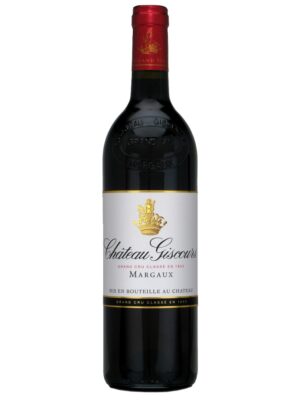
 Download Tasting Note
Download Tasting Note